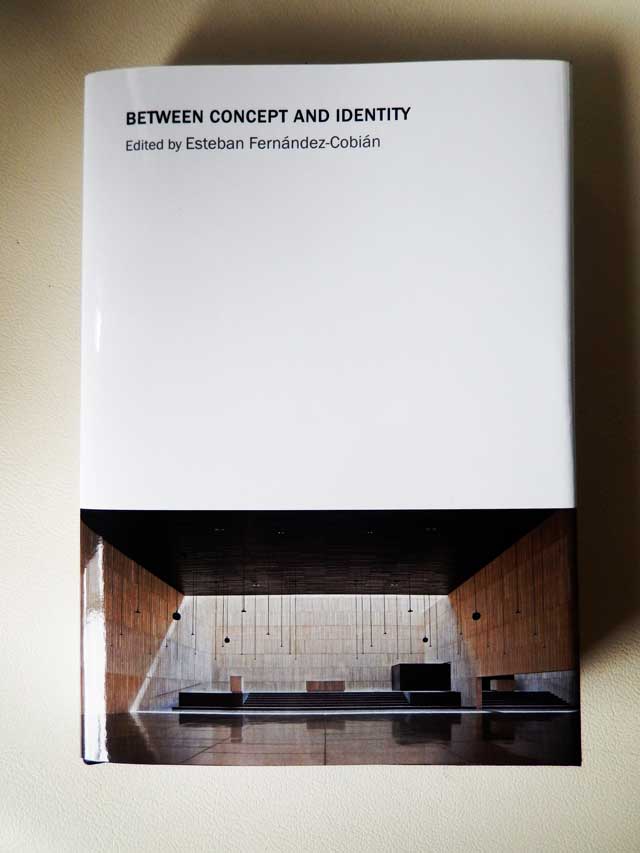Between Concept And Identity
Between Concept And Identity
Religious Expressions of Chicanos in Los Angeles. From the body to the streets.
A paper by Arq. Myriam Mahiques
Edited by Esteban Fernández Cobián. Cambridge Scholars Publishing, UK. PP 163-169. 2014. ISBN (10) 1-44386520-6. ISBN (13):978-1-4433-65203
I’m happy to say that this paper of mine has been published in a compiled edition of the Symposium Between Concept and Identity, that was held in Spain in 2009:
” the Ourense Bishopric through the Santa María Nai Foundation and the Ourense Branch of Galician Official Association of Architects (COAG) have called a new edition to be held from November 12 through 14, 2009 in Ourense under the title: Contemporary Religious Architecture. Between Concept and Identity.”
This is my introduction:
I propose a sub-classification within representational spaces, full of complex symbolism and usually related to the underground side of life: there is a third space or Nepantla, applied to the culture of Mexican immigrants in the USA and their descendants, popularly called Chicanos. They create this new space from the feeling of being in the middle as a cultural link among Anglos, Mexicans and Indigenous people. Nepantla is considered to be a transitional stage that simply starts with language. One of the cultural settlement strategies is precisely the process of trans-culture acquisition and value transfer, which is summarised in a different culture reflecting the ambiguity of mixed race. Once the Nepantla tensions are understood and faced, the native Being/I is recovered and thus Nepantla becomes a psychological, spiritual and political space where Chicanos find the meaning of their culture by recovering the ancestral. Those religious spaces range from bodily artistic expressions to the materialisation of traditional little altars at home and it is expanded to the urban scale, to worshipping the dead and to Catholic rites in the street where both the harmoniously co-existing Catholic and pagan imaginaries give rise to massive gatherings. Therefore, we must analyse the religious expressions of Chicanos as an unavoidable part of their social reality in the city of Los Angeles portrayed at every possible scale. Due to their own restrictive colonial origins, they do not need a containing building but are merely supported by faith.
This is the link to buy the book

Comments are Closed